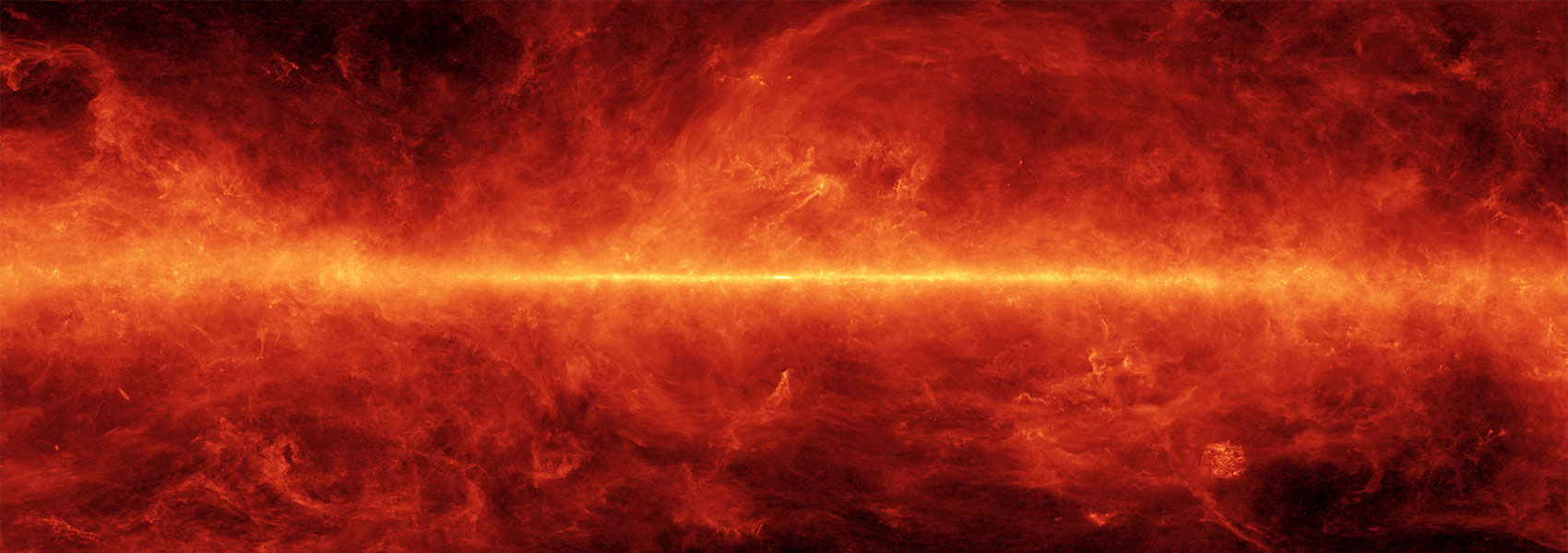January
2022
•
2022A&A...657A..45S
Authors
•
Schanche, N.
•
Pozuelos, F. J.
•
Günther, M. N.
•
Wells, R. D.
•
Burgasser, A. J.
•
Chinchilla, P.
•
Delrez, L.
•
Ducrot, E.
•
Garcia, L. J.
•
Gómez Maqueo Chew, Y.
•
Jofré, E.
•
Rackham, B. V.
•
Sebastian, D.
•
Stassun, K. G.
•
Stern, D.
•
Timmermans, M.
•
Barkaoui, K.
•
Belinski, A.
•
Benkhaldoun, Z.
•
Benz, W.
•
Bieryla, A.
•
Bouchy, F.
•
Burdanov, A.
•
Charbonneau, D.
•
Christiansen, J. L.
•
Collins, K. A.
•
Demory, B. -O.
•
Dévora-Pajares, M.
•
de Wit, J.
•
Dragomir, D.
•
Dransfield, G.
•
Furlan, E.
•
Ghachoui, M.
•
Gillon, M.
•
Gnilka, C.
•
Gómez-Muñoz, M. A.
•
Guerrero, N.
•
Harris, M.
•
Heng, K.
•
Henze, C. E.
•
Hesse, K.
•
Howell, S. B.
•
Jehin, E.
•
Jenkins, J.
•
Jensen, E. L. N.
•
Kunimoto, M.
•
Latham, D. W.
•
Lester, K.
•
McLeod, K. K.
•
Mireles, I.
•
Murray, C. A.
•
Niraula, P.
•
Pedersen, P. P.
•
Queloz, D.
•
Quintana, E. V.
•
Ricker, G.
•
Rudat, A.
•
Sabin, L.
•
Safonov, B.
•
Schroffenegger, U.
•
Scott, N.
•
Seager, S.
•
Strakhov, I.
•
Triaud, A. H. M. J.
•
Vanderspek, R.
•
Vezie, M.
•
Winn, J.
Abstract
•
Context. Thanks to the relative ease of finding and characterizing small planets around M-dwarf stars, these objects have become cornerstones in the field of exoplanet studies. The current paucity of planets in long-period orbits around M dwarfs makes such objects particularly compelling as they provide clues about the formation and evolution of these systems.
Aims: In this study we present the discovery of TOI-2257 b (TIC 198485881), a long-period (35 d) sub-Neptune orbiting an M3 star at 57.8 pc. Its transit depth is about 0.4%, large enough to be detected with medium-size, ground-based telescopes. The long transit duration suggests the planet is in a highly eccentric orbit (e ~ 0.5), which would make it the most eccentric planet known to be transiting an M-dwarf star.
Methods: We combined TESS and ground-based data obtained with the 1.0-meter SAINT-EX, 0.60-meter TRAPPIST-North, and 1.2-meter FLWO telescopes to find a planetary size of 2.2 R⊕ and an orbital period of 35.19 days. In addition, we make use of archival data, high-resolution imaging, and vetting packages to support our planetary interpretation.
Results: With its long period and high eccentricity, TOI-2257 b falls into a novel slice of parameter space. Despite the planet's low equilibrium temperature (~256 K), its host star's small size (R* = 0.311 ± 0.015) and relative infrared brightness (Kmag = 10.7) make it a suitable candidate for atmospheric exploration via transmission spectroscopy.
Links




